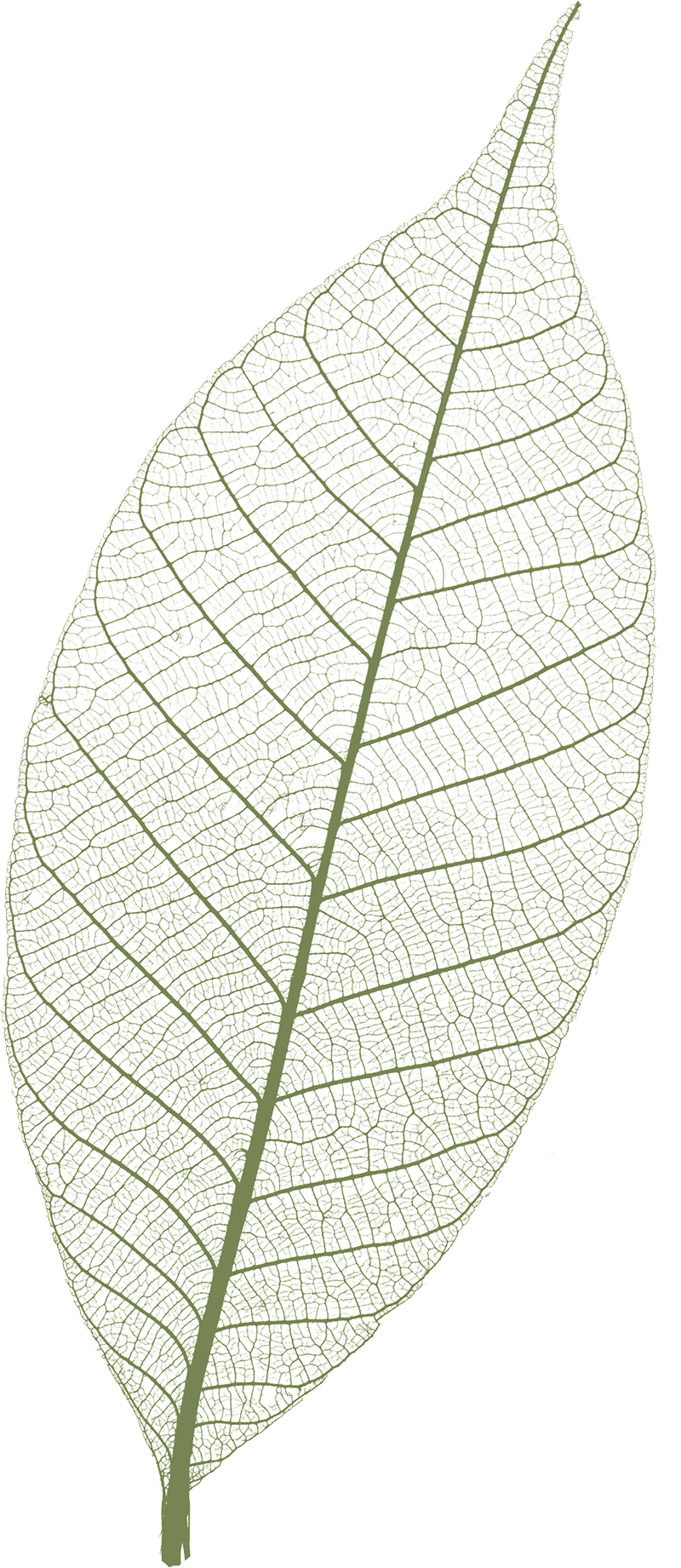
What Is Human Composting?
By: Tom Harries
Jan 27, 2022 | Green Funeral Practice
3 min readConversations around sustainability have permeated into a variety of different industries. This has also been the case with traditional funeral services. From the toll of CO2 emissions from cremation, or the damage that burials cause to soil, more and more people are searching for greener choices for end-of-life services.
Human composting is one of the most talked about alternatives. The service’s name can seem peculiar, but human composting represents a greener step forward for funeral arrangements. Also referred to as soil transformation, human composting is conceptually similar to cremation and could end up being the green alternative that sustainability experts have been waiting for.
This article will define what human composting is, how it benefits the environment, and how it differs from other funeral arrangements.
Human Composting Definition
Human composting refers to the process of transforming a body into nutrient-rich soil. This cremation and burial alternative has been becoming more available and popular in the past few years.
Human composting relies on natural principles to transform bodies into soil. This is achieved through balancing elements and optimizing temperature and moisture levels. The remains are broken down on a molecular level until the end result of nutrient-rich soil is achieved. This soil can be used for a variety of conservation purposes.
How Long Does It Take To Compost A Human Body?
The soil transformation process for human composting is sped up by optimizing the conditions for naturally occurring microbes and beneficial bacteria. This process typically takes about 30 days and produces a cubic-yard of healthy soil that is rich in nutrients.
How Does Human Composting Work?
Human composting involves placing a body in a purpose built vessel that recreates, and then optimizes, conditions found in the natural world.
The process carefully balances carbon, nitrogen, oxygen and water, and optimizes temperature and moisture levels. This allows naturally occurring microbes and beneficial bacteria to transform the body on a molecular level. Organic materials such as woodchip, mulch and wildflowers are added to get the correct balance of carbon and nitrogen.
Human composting is performed in facilities that are designed for this exact service. Earth operates out of state-of-the-art facilities that offer a serene and calm environment for the process.

Human composting (or, as it is sometimes known legally, natural organic reduction) is legal in several states in the US. Support for this process has grown as the awareness of the practice has increased. More states are expected to legalize human composting, with a number of bills making their way through the legislative process. See our human composting legislation tracker for more details and check Earth’s current service area.
Is Human Composting Good For The Environment?
Human composting is an eco-friendly process because it is both carbon neutral, and the nutrient-rich soil output can be used for essential conservation projects.
The best part of human composting is that it returns the human body to the natural world. Healthy soil is key to a healthy ecosystem, as it filters water, provides nutrients to plants & animals, and helps regulate global temperatures.
Get a quote in seconds.
The Difference Between Human Composting & Traditional Burial
The main similarity between human composting and traditional burial is that a human body is returned to the ground after death.
Human composting is far more environmentally friendly, however. Traditional burial depends on a plethora of resources, and also contributes to the consumption of urban land at a rate that is not sustainable.
Body composting can have a great impact on the health of soil, but traditional burials tend to pollute our soil. Between the caskets and embalming fluid, materials like metals, wood and concrete are buried in the ground. 4.3m gallons of embalming fluid are buried each year in the US alone.
The Difference Between Human Composting & Cremation
Human composting bears a greater conceptual similarity to cremation: the body undergoes a transformation into remains. Rather than being incinerated and turned to ash, human composting transforms a body into nutrient-rich soil.
Human composting still reigns supreme in the environmental sense. Cremation requires fossil fuels to drive the process, producing high carbon emissions. One cremation produces about 535 lbs of CO2; a 609-mile journey in an average sized car produces the same amount.
Green Funeral Choice
Whether you’re a nature lover, a conservationist, or you just wish to protect the planet for future generations - human composting is an excellent choice for your end-of-life needs.
Read more about Earth’s soil transformation services, and get an instant quote for either an immediate or future need.







